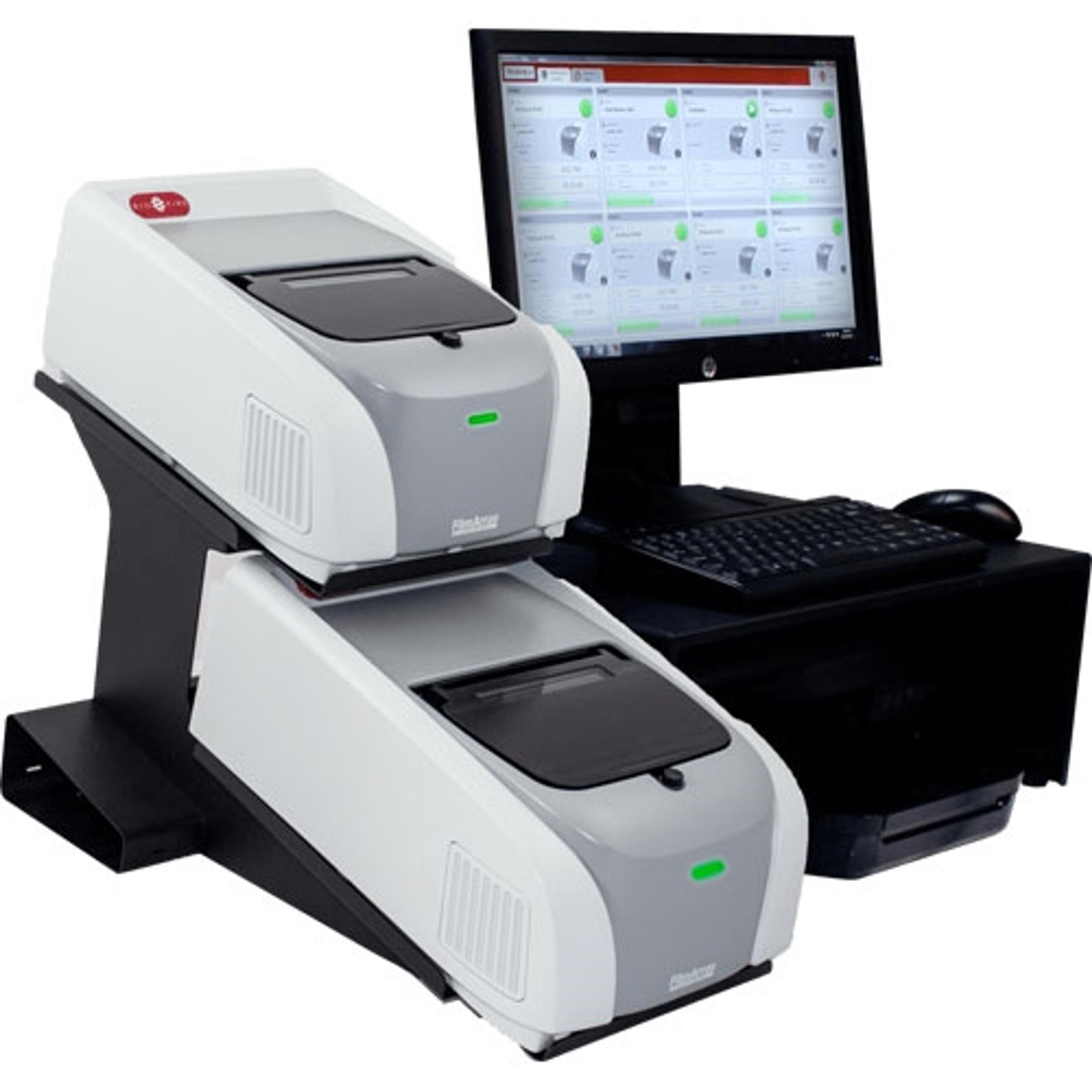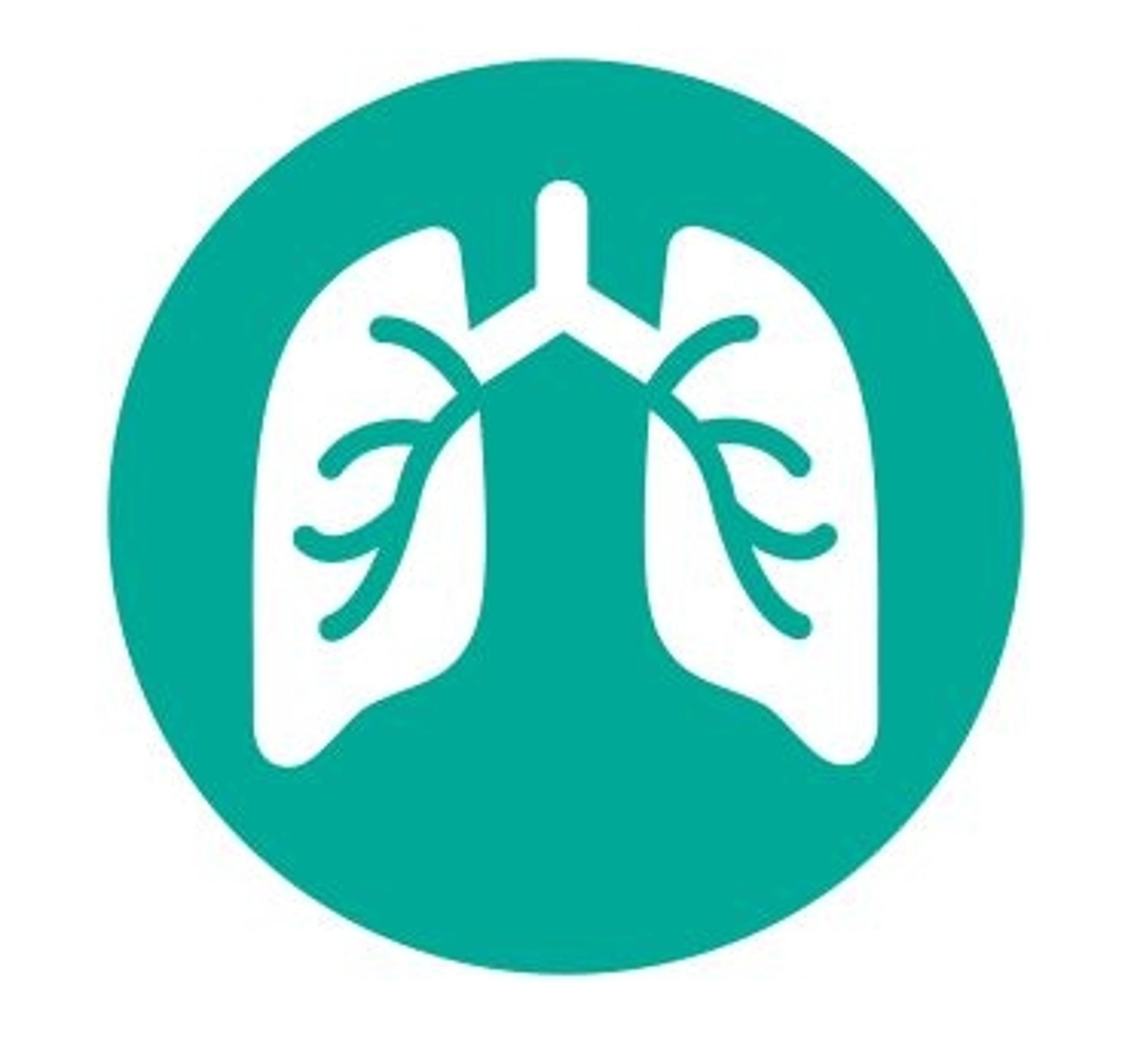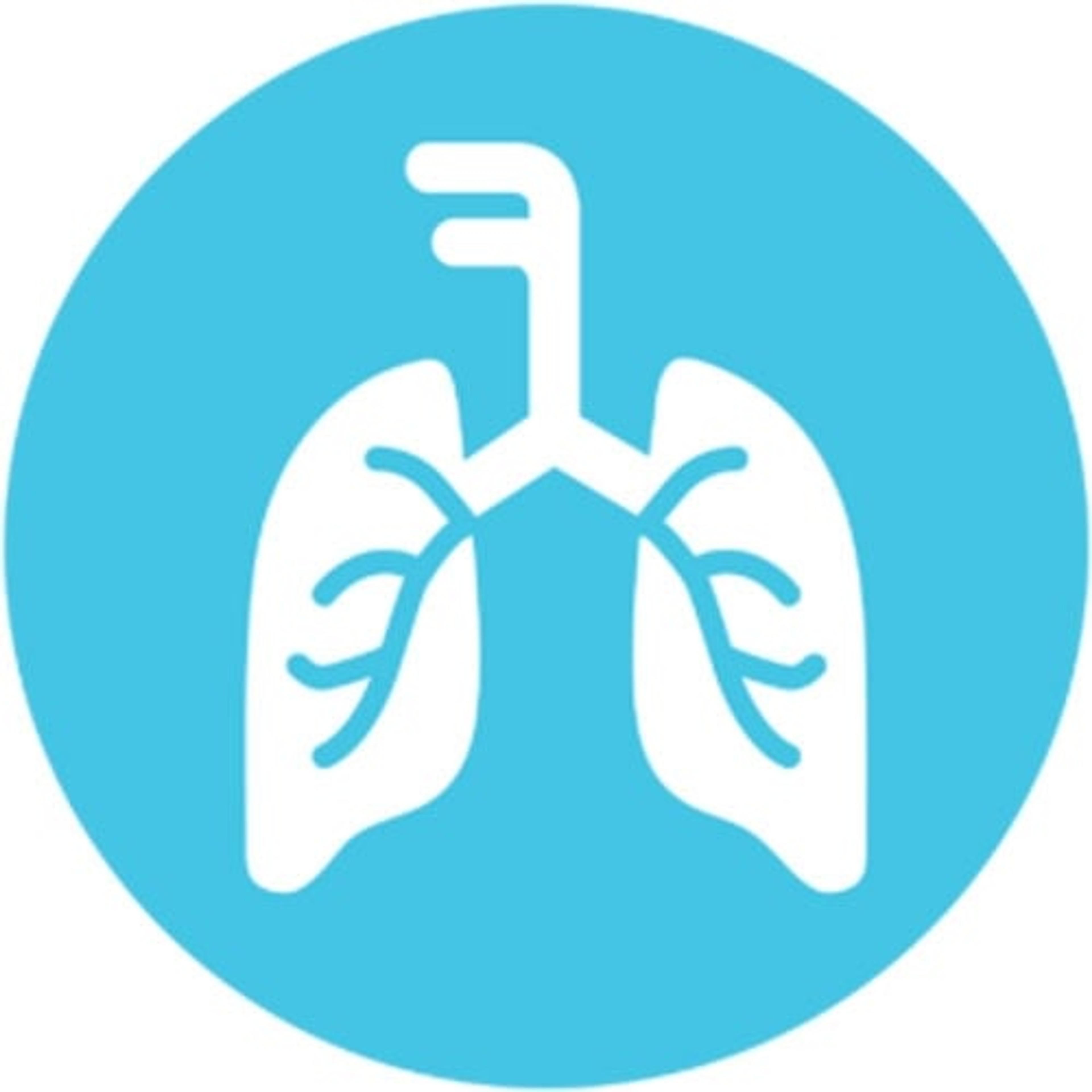Pneumonia diagnosis & management: Is this the new standard of care?
Discover a rapid, sensitive, and comprehensive diagnostic testing method with improved antimicrobial stewardship
20 Jan 2021

Pneumonia is an acute respiratory infection that causes inflammation of lung tissue and can be caused by numerous infectious agents, from bacteria to fungi to viruses, including coronavirus. While mild cases can be treated with antibiotics and plenty of rest, pneumonia can lead to serious and even fatal complications, and is still the leading infectious cause of death in children around the world. In addition, pneumonia can be difficult to diagnose due to the wide range of causal agents and the presence of symptoms that overlap with other prevalent conditions, such as the common cold or asthma. Therefore, there is still a clinical need for rapid, sensitive, and comprehensive diagnostic tools to differentiate between the different causes and inform optimal patient management.
In this interview, we speak with Dr. Tristan Timbrook, Global Medical Scientist at BioFire Diagnostics, about the key considerations for pneumonia patient management and how the diagnostic power of syndromic testing could make it the new standard of care for pneumonia.
Managing pneumonia: The culture of culturing
There are several key considerations for the differential diagnosis and management of pneumonia patients. The clinical evaluation of patients not only covers patient history, clinical signs and symptoms, radiology findings, and initial labs, it also involves the ranking of different risks, i.e., the severity of illness, patient comorbidities, and the likelihood of drug-resistant organisms.
Traditional microbiology testing methods, such as bacterial cultures and viral testing, are often used to help determine the causal pathogen. “Adequate respiratory culture testing is paramount in trying to determine the etiology of pneumonia and ensuring optimal patient management,” explains Timbrook. “This is particularly relevant in driving appropriate antibiotic use.”
Effective antimicrobial therapy impacts patient outcomes, therefore common practice is to prescribe antibiotics quickly. However, with the early administration of antibiotics, it is often difficult to achieve good cultures, limiting the diagnostic power of these methods. Cultures also require several days for sufficient growth, which can delay effective patient management while awaiting that clinical information.
The BioFire® Pneumonia (PN) Panel is designed to overcome issues experienced with culture-based testing methods and shows improved identification of previously overlooked viruses and bacteria. “Clinicians don't necessarily always order viral testing, which is often referred to as the culture of culturing,” Timbrook explains. “In a study from Buchan, et al., only 24% of patients that were shown to be positive for viral infection had a clinician-ordered molecular test for viral pathogens. As the panel is a comprehensive, all-in-one test, viral agents are automatically included and therefore won’t be missed.”
Bucan, et al. This hypothetical impact study for antimicrobial use shows that 71% of the patient cases included had opportunities for antibiotic changes very early in the course if the panel results had been used prospectively.
Resistance detection and antimicrobial stewardship
In addition to the improved sensitivity and diagnostic yield, the BioFire® Pneumonia (PN) Panel boasts the ability to detect resistance. “The panel has multiple markers for resistance detection, including gram-positive and gram-negative resistance markers,” explains Timbrook. “These include markers for methicillin susceptibility for Staphylococcus aureus, CTX-M which predicts ESBL production, and then many of the carbapenemase genes, which are surrogates for susceptibility.” Timbrook continues: “These have really high fidelity, and so you can know early on, with a really high probability, whether or not you have the right active therapy for that particular pathogen.”
The ethos of antimicrobial stewardship is to provide the right drugs to the right patient at the right time. The BioFire® Pneumonia (PN) Panel is designed to give clinicians pathogen identification and resistance marker detection in under an hour, which can improve time to effective, targeted therapy and lead to optimal patient outcomes.
“Sometimes you must use several different medications to try to cover a specific bug, which can each have toxicities associated with them,” states Timbrook. “With the panel, you can do things like de-escalations of therapy, or discontinue therapy, depending on the results.”
Murphy, et al. This multicenter study looks at the clinical performance of the pneumonia panel, illustrating its high sensitivity and increased diagnostic yield. It also notes its performance for resistance detection.
The panel also has semi-quantification. This shows the abundance of pathogen DNA within the sample, which helps differentiate between colonization and infection and can identify the predominant organism in a polymicrobial infection.
Effective treatment of high-risk patient populations
With comprehensive coverage of causal agents, increased sensitivity, decreased turnaround time, and semi-quantification, Timbrook sees the BioFire® Pneumonia (PN) Panel becoming the new standard of care, especially for high-risk populations.
“Critically ill patients in the ICU or immunocompromised patients, such as those with cancer or transplants, have an increased risk of a bad outcome from pneumonia,” notes Timbrook. “Early and effective antimicrobial therapy is critically important in these patient populations, and with the pneumonia panel you're able to get this comprehensive information that enables clinicians to make those patient management changes so much earlier.”
Veroken, et al. This study explores the use of the pneumonia panel in the management of critically ill patients with COVID-19. The rapid results the panel provided led to faster antibiotic modifications in 47% of the patients, highlighting the crucial role syndromic testing can play in the current pandemic.
Want to read more?



